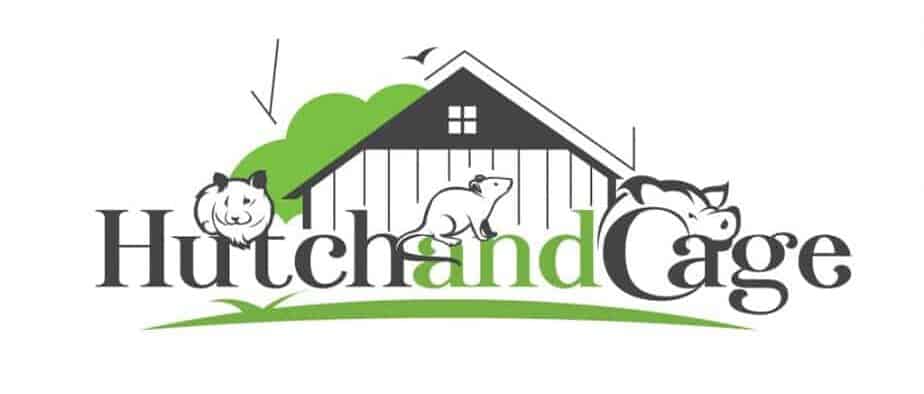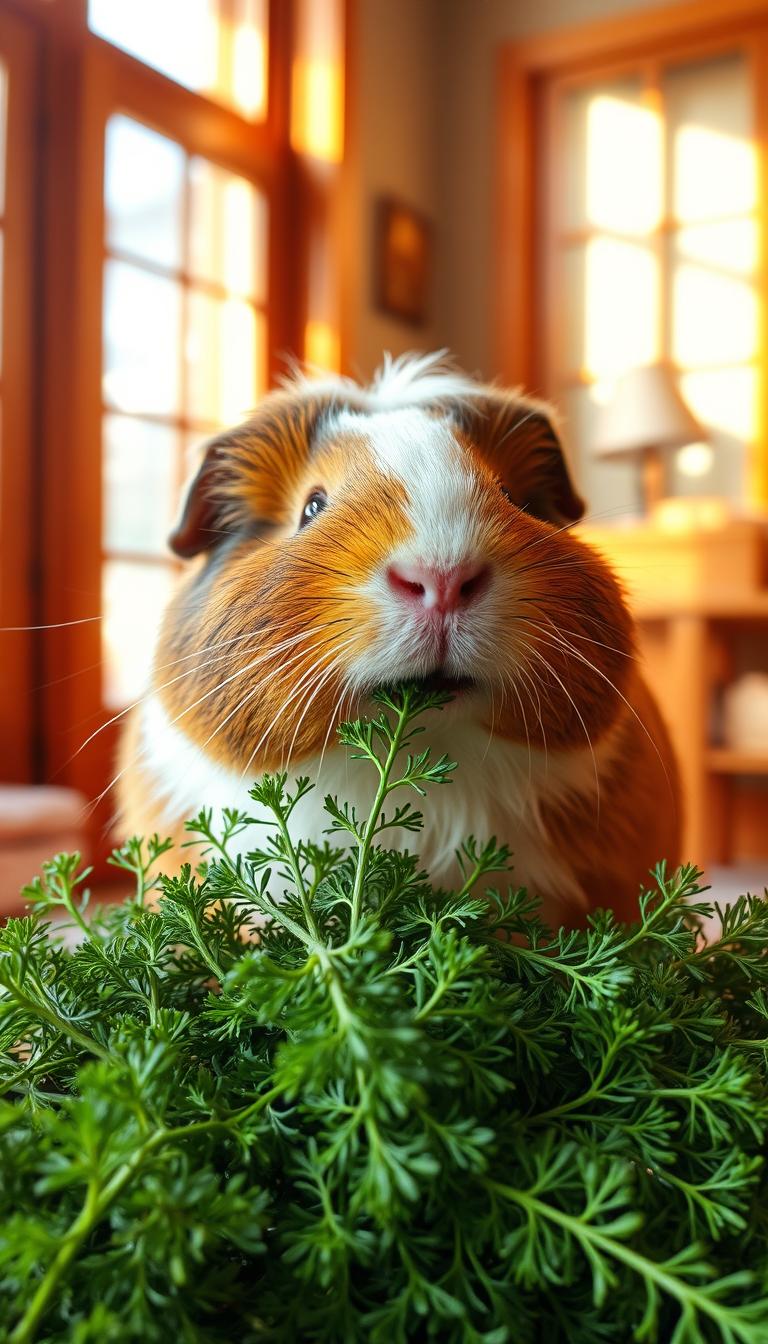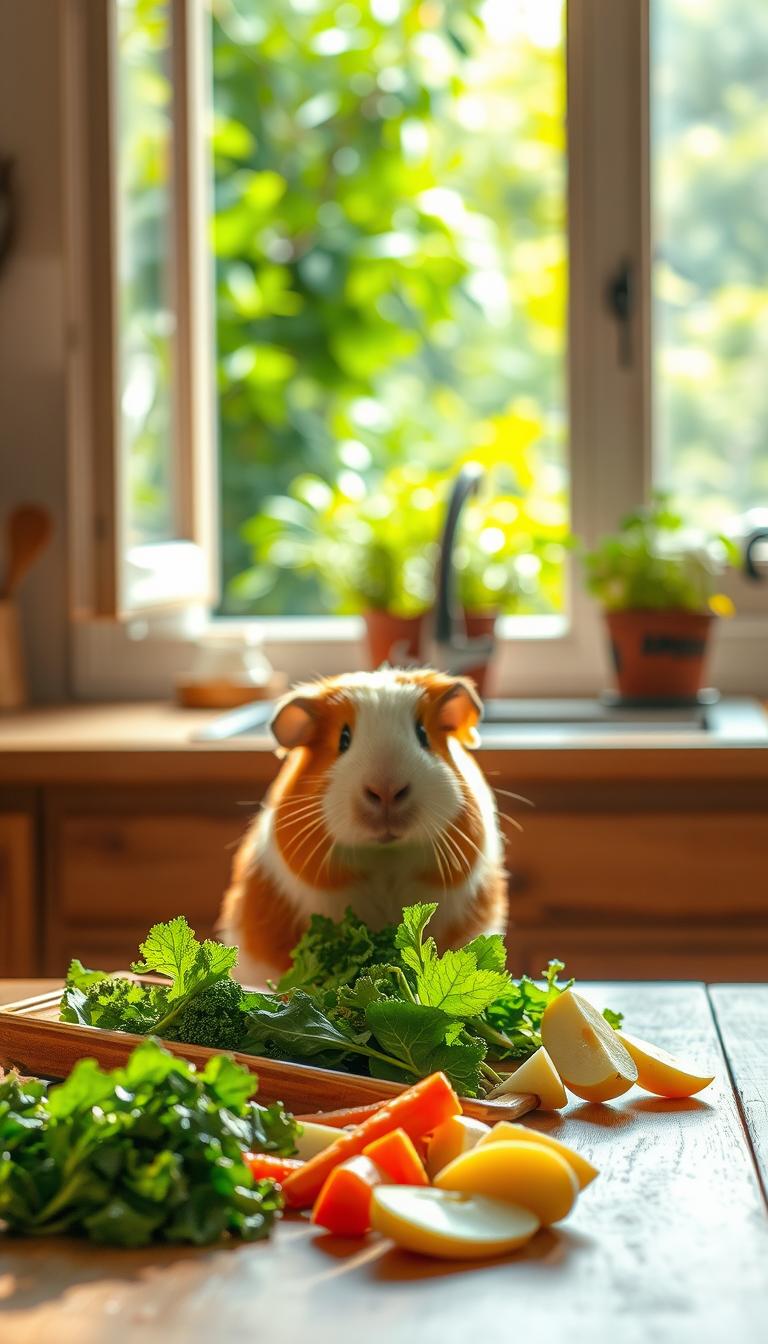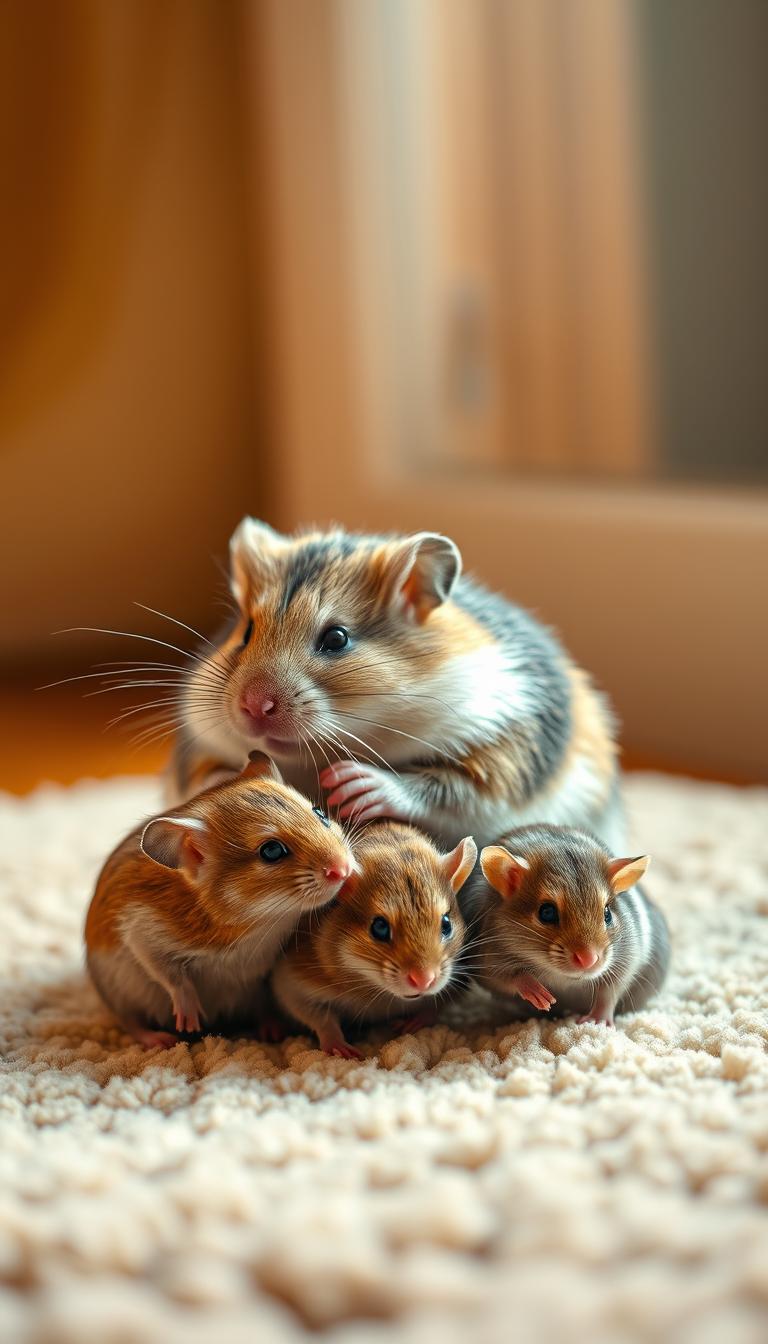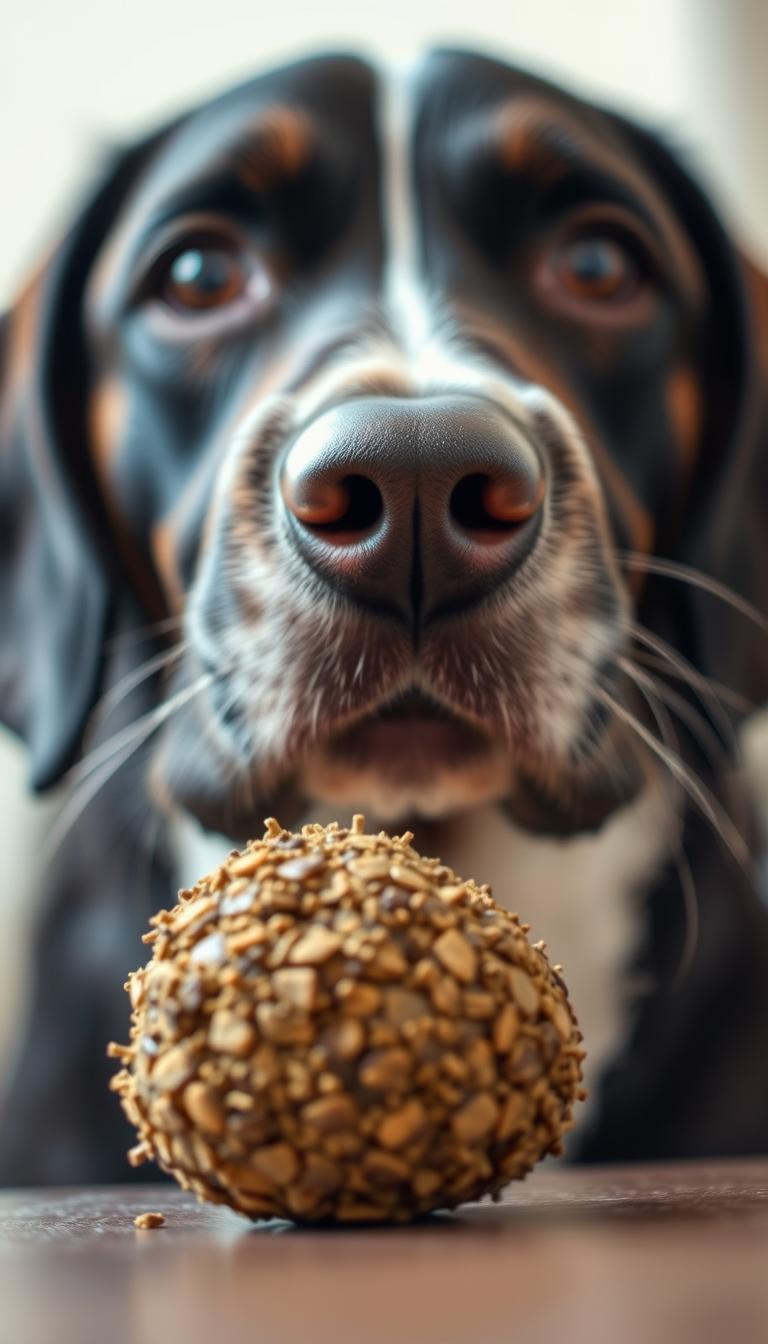As a caring pet owner, you want the best for your small companion. Understanding which herbs and vegetables are safe can feel overwhelming with so much conflicting advice online. Reliable information from trusted sources like veterinarians and experienced caregivers is crucial for making smart dietary choices.
Fresh herbs like dill offer vitamins A and C, which support immune health. However, moderation matters. While this flavorful plant adds variety to meals, vet-approved guidelines recommend limiting portions due to calcium content. Pairing it with low-calcium greens creates balanced nutrition.
Many owners wonder about portion control and frequency. A few sprigs twice weekly provides benefits without overloading sensitive systems. Always introduce new foods gradually while monitoring your pet’s reaction.
This guide combines insights from veterinary resources and hands-on caretaker experiences. You’ll learn proper serving sizes, preparation tips, and how dill compares to other herbs like basil. Let’s create a tasty, nutritious menu that keeps your companion thriving!
Table of Contents
Understanding Guinea Pig Dietary Needs
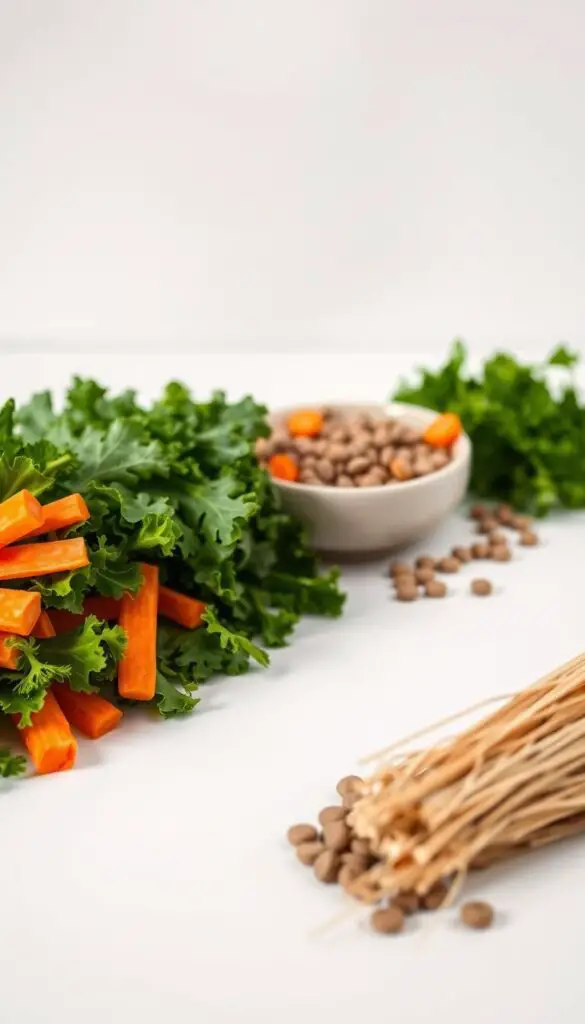
Creating a nutritious meal plan starts with knowing what fuels your furry friend’s body. Unlike hamsters or rabbits, these small pets have special needs that demand careful attention to prevent health issues.
Essential Nutrients for a Healthy Diet
Vitamin C tops the list of must-have nutrients. Since their bodies can’t produce it, daily intake through fresh foods prevents scurvy and boosts immunity. A study by Exotic Animal Veterinary Center found that “natural vitamin sources like bell peppers and parsley absorb better than supplements.”
High-quality hay isn’t just bedding material – it’s 80% of their diet. The roughage keeps teeth trimmed and digestion smooth. Pair it with these essentials:
| Food Type | Key Benefits | Daily Portion |
|---|---|---|
| Timothy Hay | Fiber source | Unlimited |
| Leafy Greens | Vitamin C & K | 1 cup |
| Herbs | Antioxidants | 2-3 sprigs |
The Role of Fresh Herbs and Vegetables
Colorful veggies and aromatic greens do more than add flavor. They provide varied textures that keep mealtime engaging while delivering nutrients missing from commercial pellets. Rotate options weekly to cover all nutritional bases without overloading any single vitamin.
Always wash produce thoroughly and introduce new items slowly. Watch for happy popcorn jumps or changes in droppings – these clues help tailor their perfect plate!
Can Guinea Pigs Eat Dill?
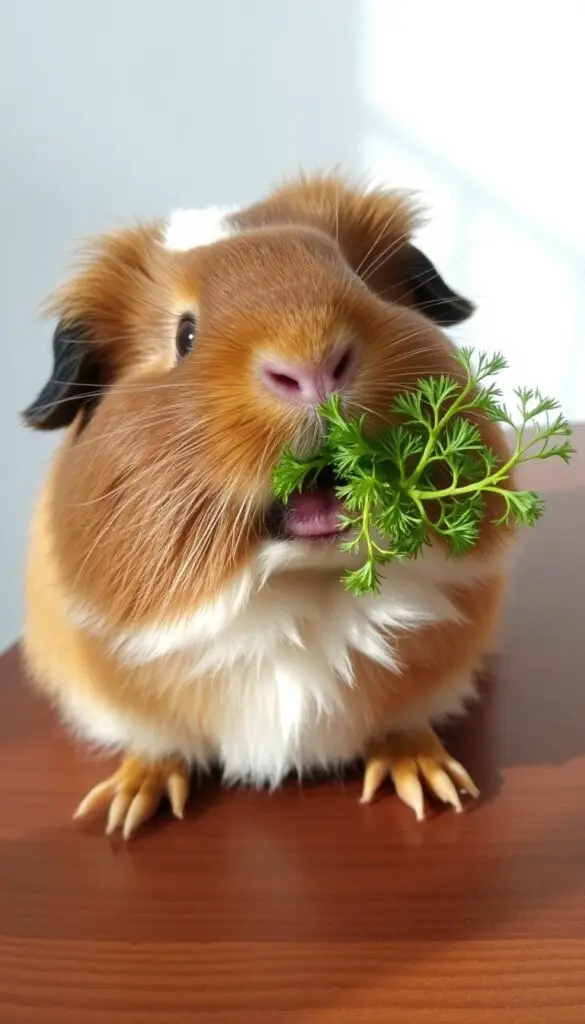
Curious about expanding your pet’s palate? This feathery herb makes a nutritious addition to their meals. Packed with antioxidants and zero sugars, it’s both safe and beneficial when served in moderation.
Most small pets adore dill’s fresh aroma and zesty flavor. Its natural appeal works wonders for encouraging reluctant eaters to nibble on greens. A study by the Association of Exotic Pet Nutritionists notes that “herbs like dill stimulate appetite while providing essential micronutrients.”
What sets this leafy treat apart? Unlike sugary fruits or calcium-heavy veggies, it supports balanced nutrition without risky additives. Pair a few sprigs with romaine lettuce or cucumber slices for a crunchy, vitamin-rich combo.
Veterinary experts confirm its safety profile, making it a low-risk choice for regular rotation. Just remember to introduce it slowly – start with tiny portions to avoid digestive surprises. Watch for enthusiastic munching or playful “popcorning” as signs your companion approves!
How to Introduce Dill into Your Guinea Pig’s Diet
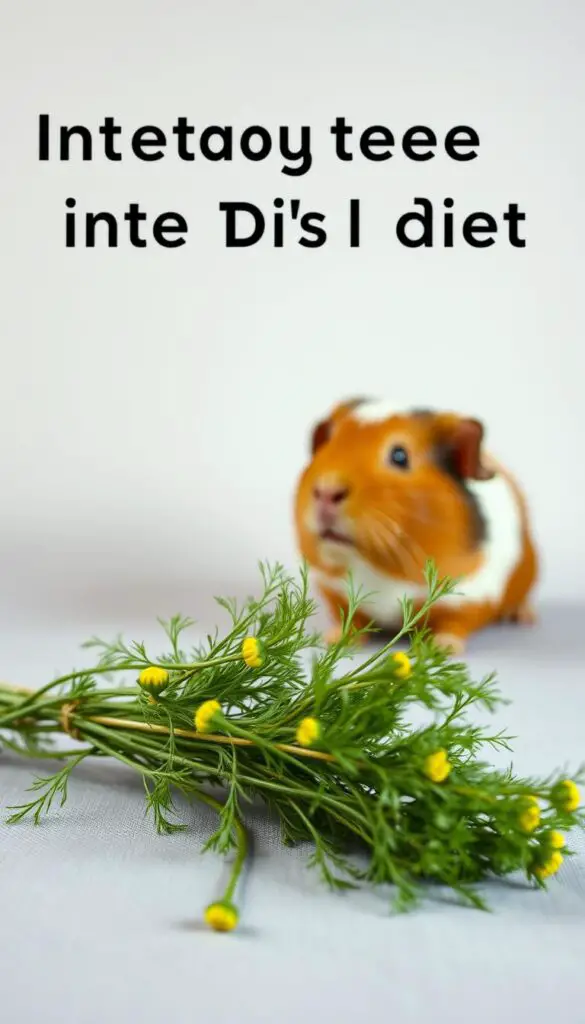
Wondering how to safely add this herb to your furry friend’s menu? Start with quarter-sized portions mixed into their regular greens. This slow approach helps sensitive stomachs adjust while letting them discover new flavors.
Recommended Feeding Frequency
Offer dill just 1-2 times weekly—about two small sprigs per serving. It should make up less than 20% of their daily veggie allowance. Space out feedings to prevent calcium buildup from leafy herbs.
Mixing Dill with Other Greens
Combine fresh sprigs with low-oxalate greens like romaine lettuce or bok choy. Try these winning combinations:
| Base Green | Herb Mix-In | Weekly Limit |
|---|---|---|
| Butter lettuce | Dill + cilantro | 3 servings |
| Red bell pepper | Dill + basil | 2 servings |
| Cucumber slices | Dill + mint | 1 serving |
Always rinse herbs thoroughly and pat them dry. Watch for excited squeaks during mealtime—it’s their way of voting for favorite mixes! Rotate different greens every 3-4 days to maintain nutritional balance and mental stimulation.
Dill’s Nutritional Benefits and Considerations
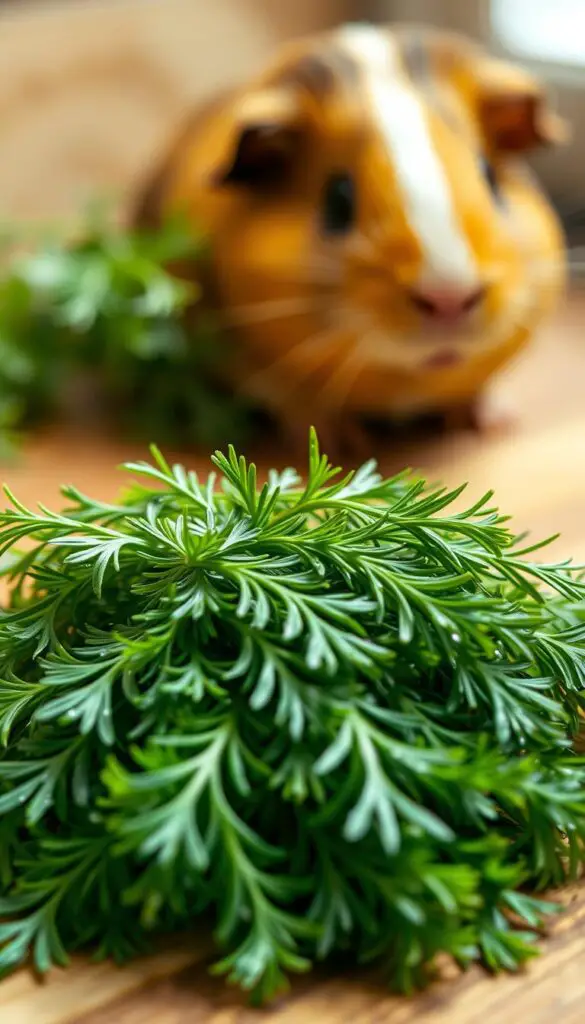
Understanding the nutritional makeup of herbs helps create balanced meals for small companions. This aromatic green packs a powerful punch of essential nutrients that support overall wellness when used thoughtfully.
Vitamin C, Calcium, and Fiber Overview
Vitamin C shines brightest in dill’s profile – 85mg per 100g outperforms green peppers. This antioxidant powerhouse helps prevent scurvy and keeps immune systems strong. Pair it with bell peppers for extra protection against deficiencies.
While calcium strengthens bones, its 208mg concentration requires careful portion control. Combine dill with low-calcium veggies like zucchini to maintain urinary tract health. The 2.1g fiber content aids digestion without causing bloating when served moderately.
Sugar-Free and Safe for Your Pet
Zero sugar makes this herb ideal for sensitive stomachs. Unlike sweet treats that risk obesity, dill delivers nutrients without empty calories. Its 66mg phosphorus content works with calcium to support metabolic functions.
Pro tip: Rotate dill with parsley and cilantro to vary nutrient intake. Always source fresh, organic sprigs free from pesticides. Your furry friend gets restaurant-quality meals that promote vitality through smart ingredient combinations!
Safety Precautions and Expert Vet Advice
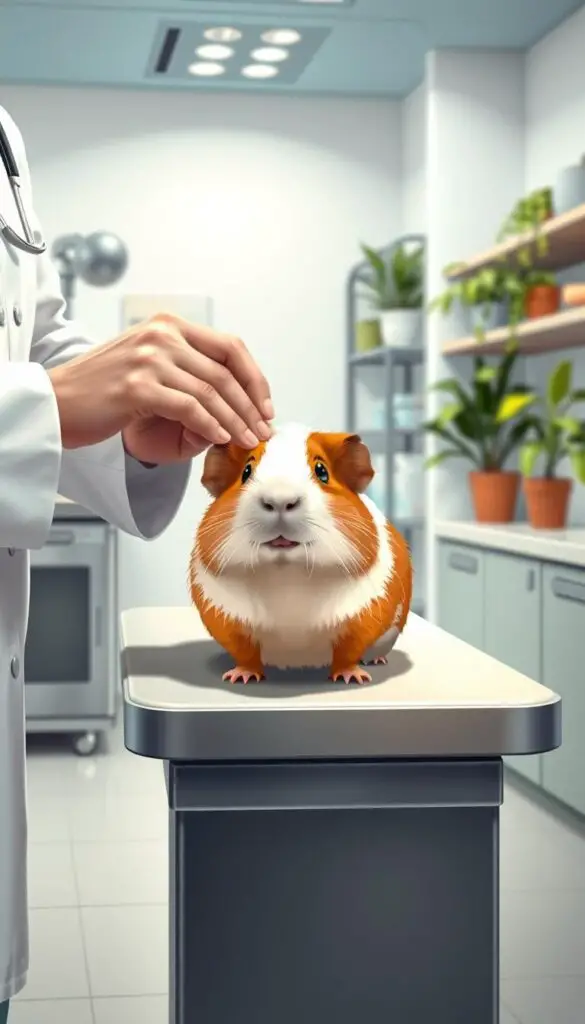
Smart herb feeding requires understanding both benefits and risks. While fresh greens add nutritional variety, their mineral content needs thoughtful management to support long-term wellness.
Balancing Calcium Levels in Their Diet
Calcium plays dual roles – essential for bone strength but problematic in excess. Veterinary nutritionists suggest rotating high-calcium herbs like dill with low-mineral veggies. Try this weekly plan:
| Day | High-Calcium Foods | Low-Calcium Pairings |
|---|---|---|
| Monday | Dill sprigs | Zucchini slices |
| Thursday | Parsley leaves | Cucumber rounds |
Avoid combining kale or spinach with calcium-rich herbs. Watch for gritty urine deposits – these signal it’s time to adjust portions.
When to Seek Professional Guidance
Sudden changes in bathroom habits or appetite demand immediate vet attention. “Urinary issues can escalate quickly in small pets,” notes Dr. Emily Sanders from Exotic Animal Care Clinic. Schedule checkups every six months to catch early warning signs.
Owners with pets prone to bladder stones should consult their veterinarian before introducing new greens. Keep a food diary to track reactions – this helps your care team spot patterns and customize meal plans.
Final Thoughts on a Balanced Guinea Pig Diet
Crafting the perfect menu for your furry companion goes beyond single ingredients. A thriving diet blends timothy hay with rotating herbs and crisp veggies. Think of meals as a colorful puzzle – each piece contributes unique nutrients when combined thoughtfully.
Rotate basil, parsley, and rosemary weekly alongside leafy greens. This variety prevents boredom and nutritional gaps. Store fresh picks in airtight containers to lock in vitamins. For detailed long-term balanced diet plans, consult trusted exotic pet resources.
Schedule regular vet checkups to spot dietary issues early. Unlike dogs, these small pets need precise calcium-to-phosphorus ratios. Pair occasional herb treats with staple foods for mental enrichment without overloading their systems.
Your care choices directly impact their vitality. By mixing textures, flavors, and nutrients, you create meals that support both physical health and playful curiosity. Every bite becomes a building block for happiness!
